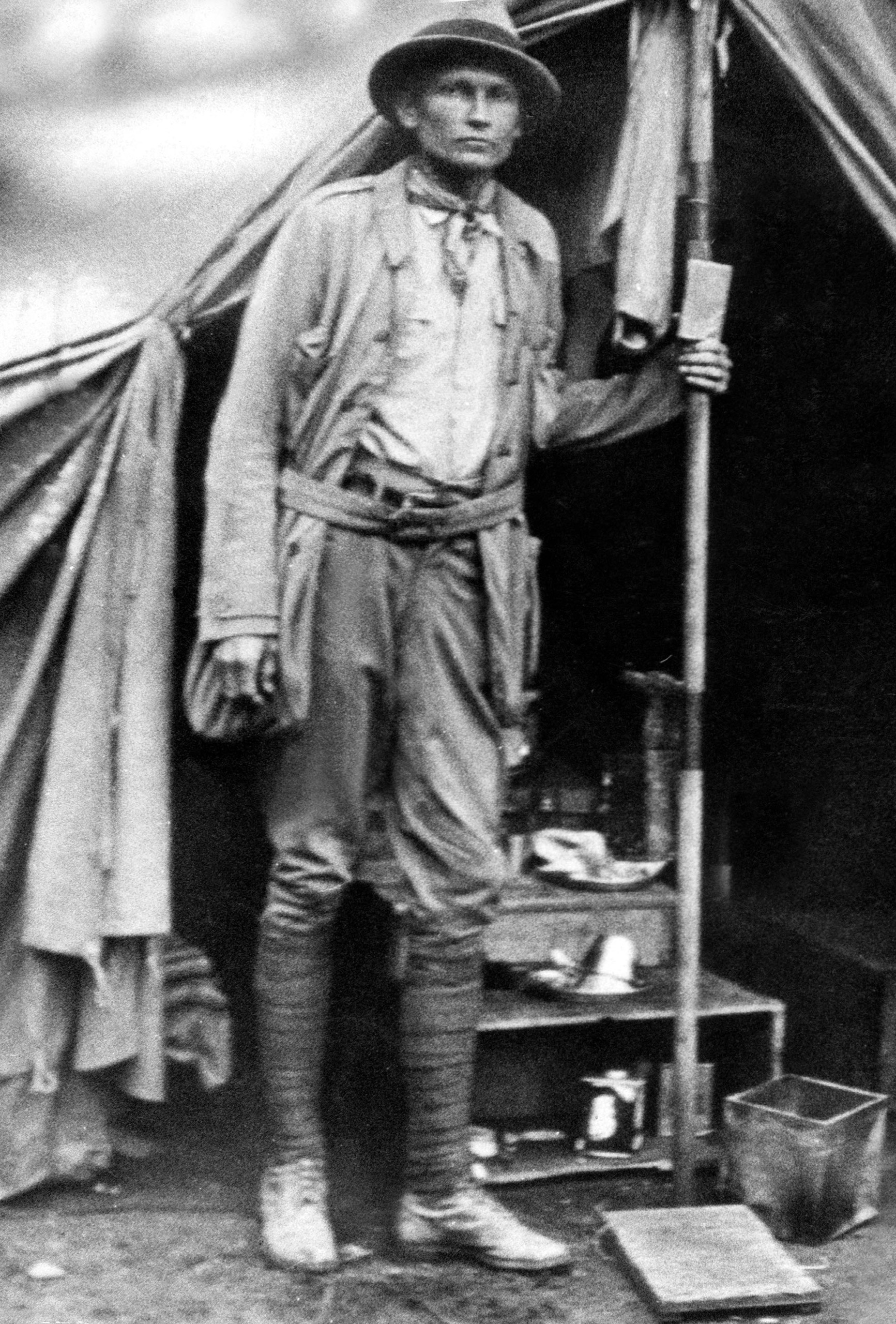
Until the archeologist Hiram Bingham came across it on this day, July 24, in 1911, most of the world thought the ancient Incan city of Machu Picchu was lost, as was their capital Vilcabamba. As TIME reported in 1948, when Bingham returned to Peru to celebrate the opening of a road to the site, which would bear his name, he began by studying old charts and texts, until he was sure that there was an Incan capital city somewhere in the Andes that had never been found by the Spanish invaders. He got a key tip from a local muleteer and, upon climbing Machu Picchu peak, found the lost city hidden under vines.
Of course, the very fact that the muleteer had the tip to offer means that Machu Picchu was never completely lost in the first place. It was just ignored by all but the locals who lived their lives around the site. Shortly after Bingham’s death, when a plaque was dedicated to him at the site, the magazine had cause to revisit the tale:
Some experts believe that parts of the city, which Bingham named Machu Picchu (Old Peak), are 60 centuries old, which would make it 1,000 years older than ancient Babylon. More recently, if its ruins are interpreted correctly, it was at once an impregnable fortress and a majestic royal capital of an exiled civilization.
Built on a saddle between two peaks, Machu Picchu is surrounded by a granite wall, can be entered only by one main gate. Inside is a maze of a thousand ruined houses, temples, palaces, and staircases, all hewn from white granite and dominated by a great granite sundial. In Quechua, language of the sun-worshipping Incas and their present-day descendants, the dial was known as Intihuatana—hitching post of the sun.
By Bingham’s own reckoning, the city was actual a pre-Incan fortress that eventually became a Quechua city, where the first Incan king was born. When the Spanish arrived, Bingham said, the Incas who could fled to Machu Picchu, but the empire only lasted a few more decades before the last of their kings was killed in the 16th century.
Though Machu Picchu never lost its appeal to tourists, it did turn out that Bingham’s account of what had happened there wasn’t exactly true. Modern experts argue that Machu Picchu was a mere country retreat for aristocracy—and not a major center of Incan life at all.
Read more from 1948, here in the TIME Vault: Explorer’s Return
Machu Picchu, 1945
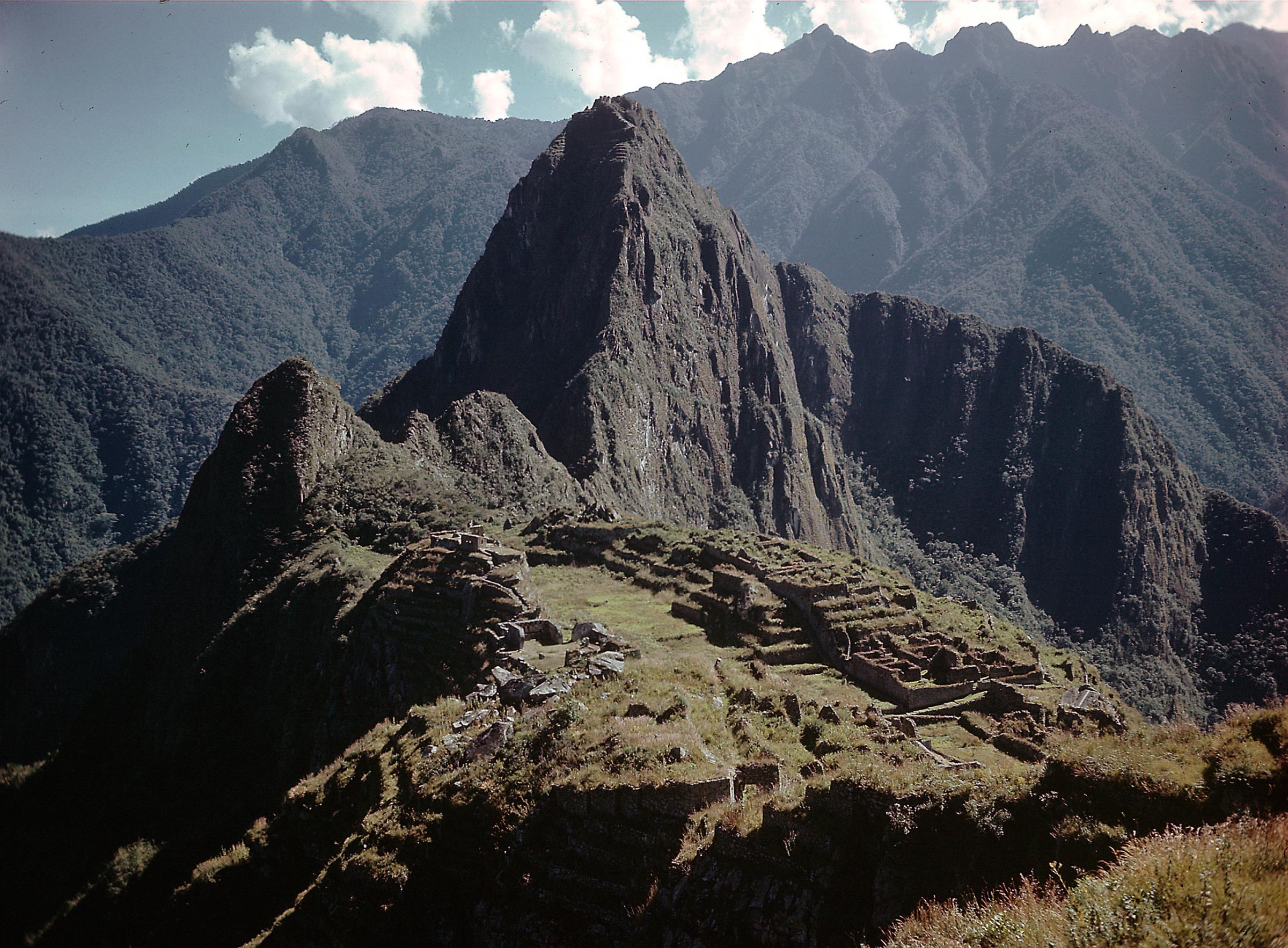
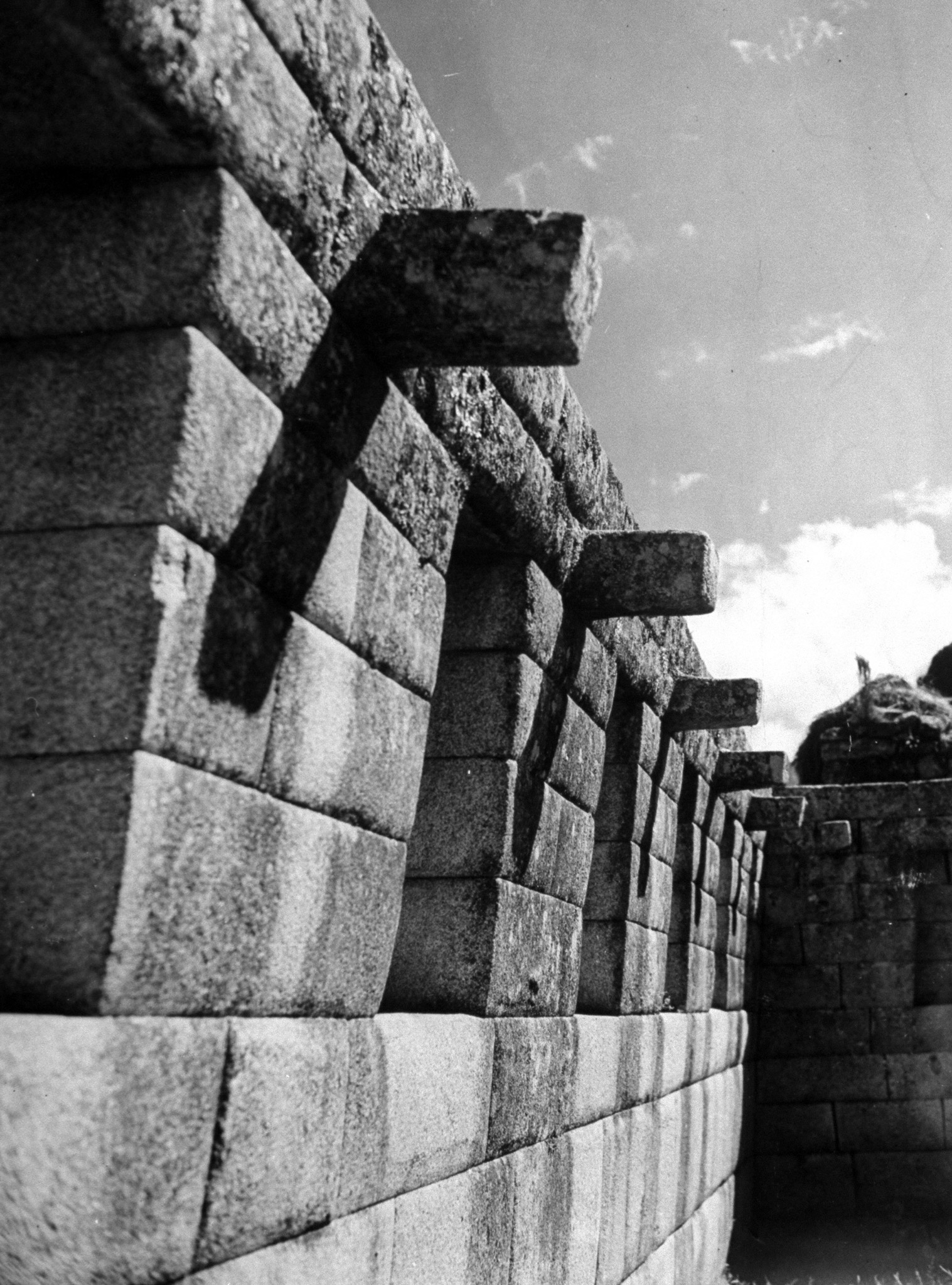


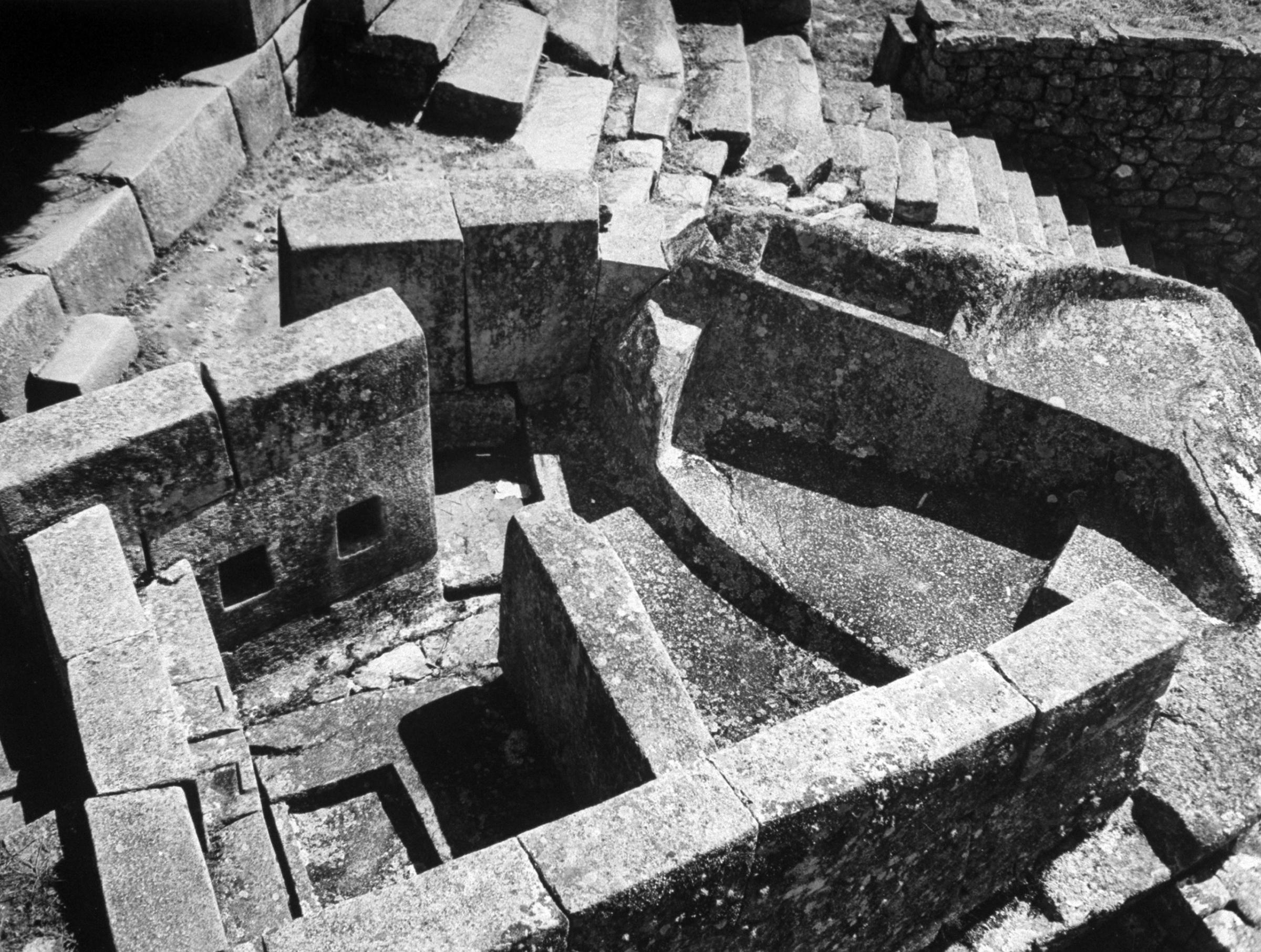

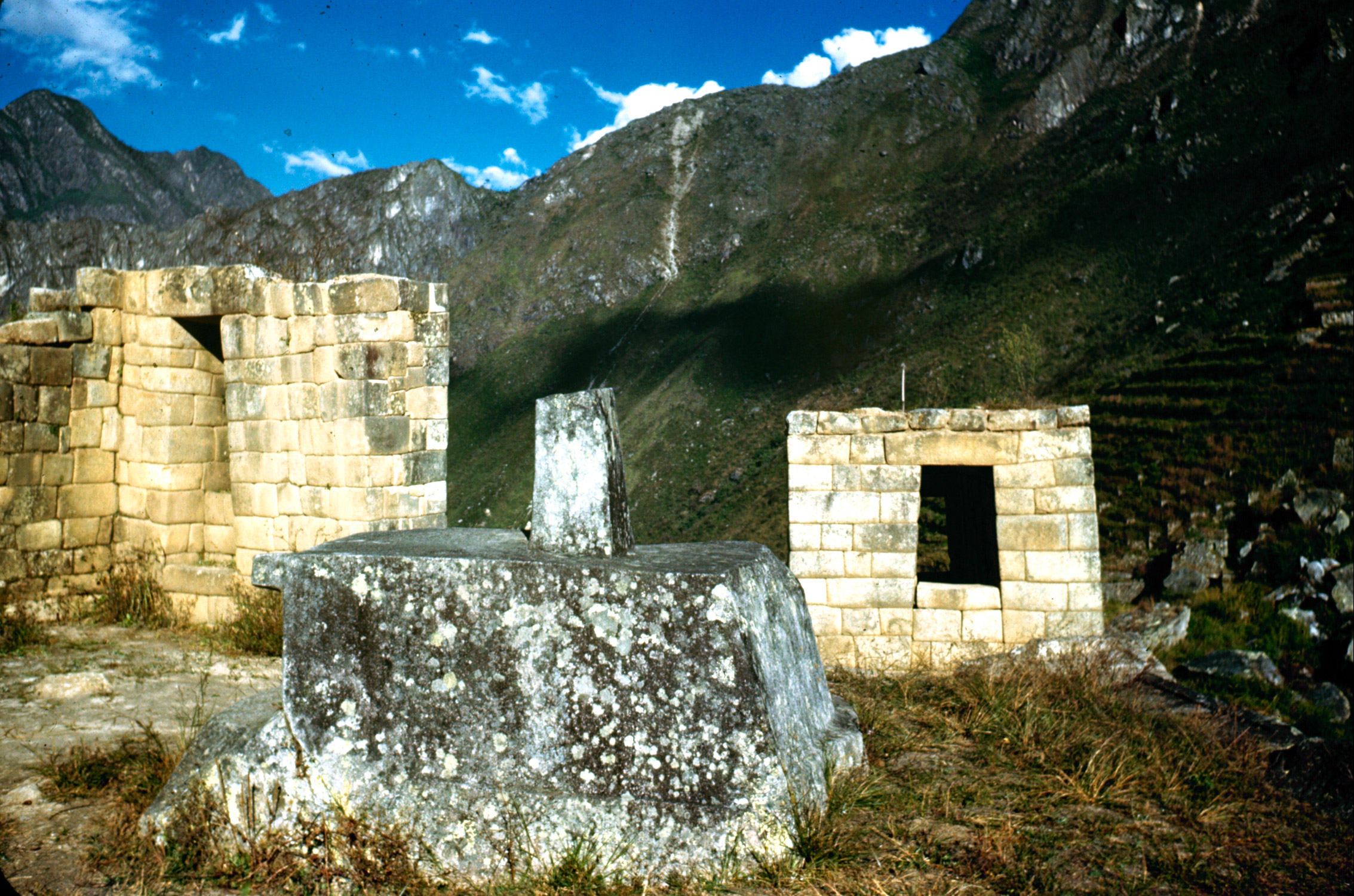
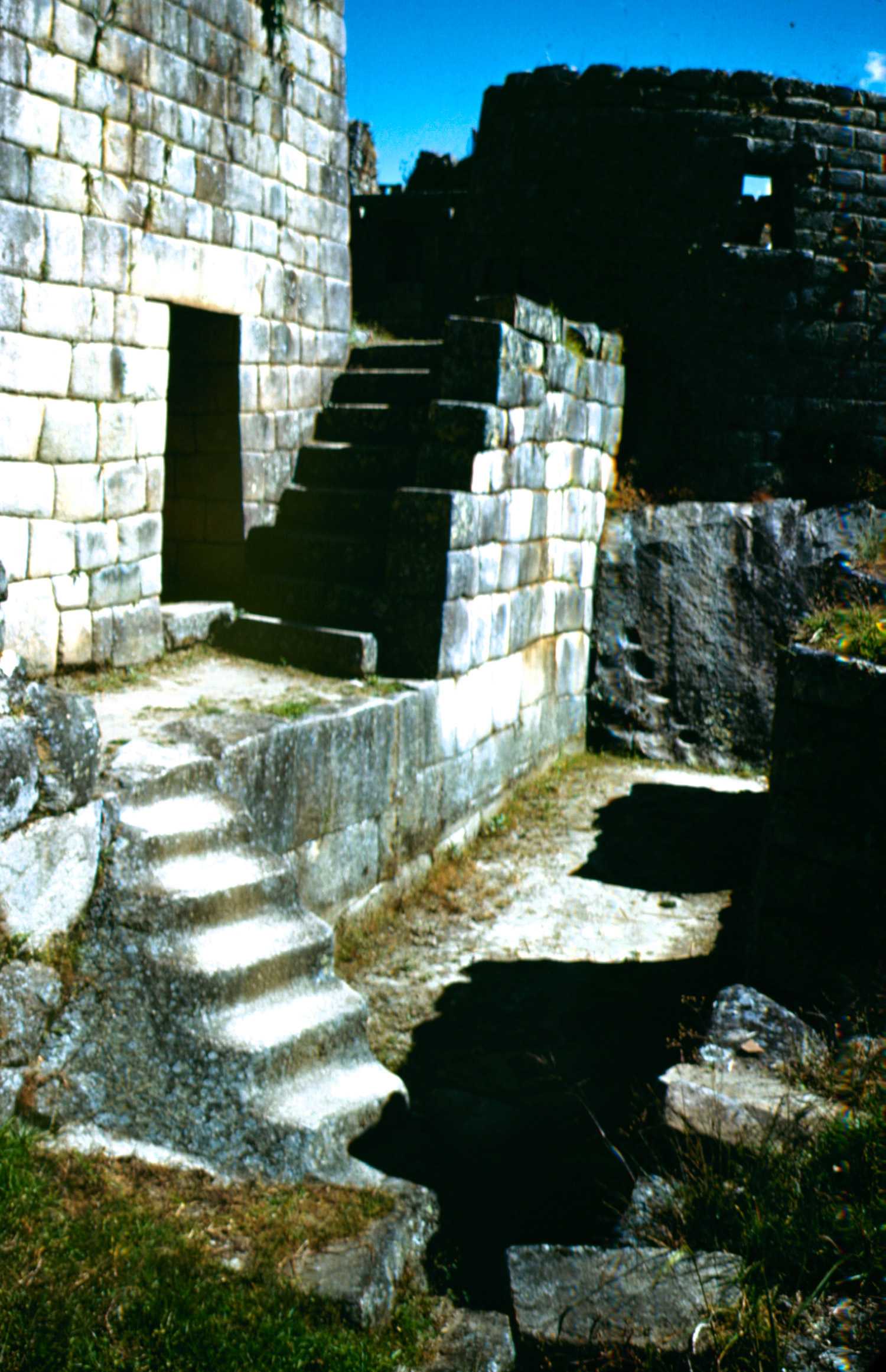
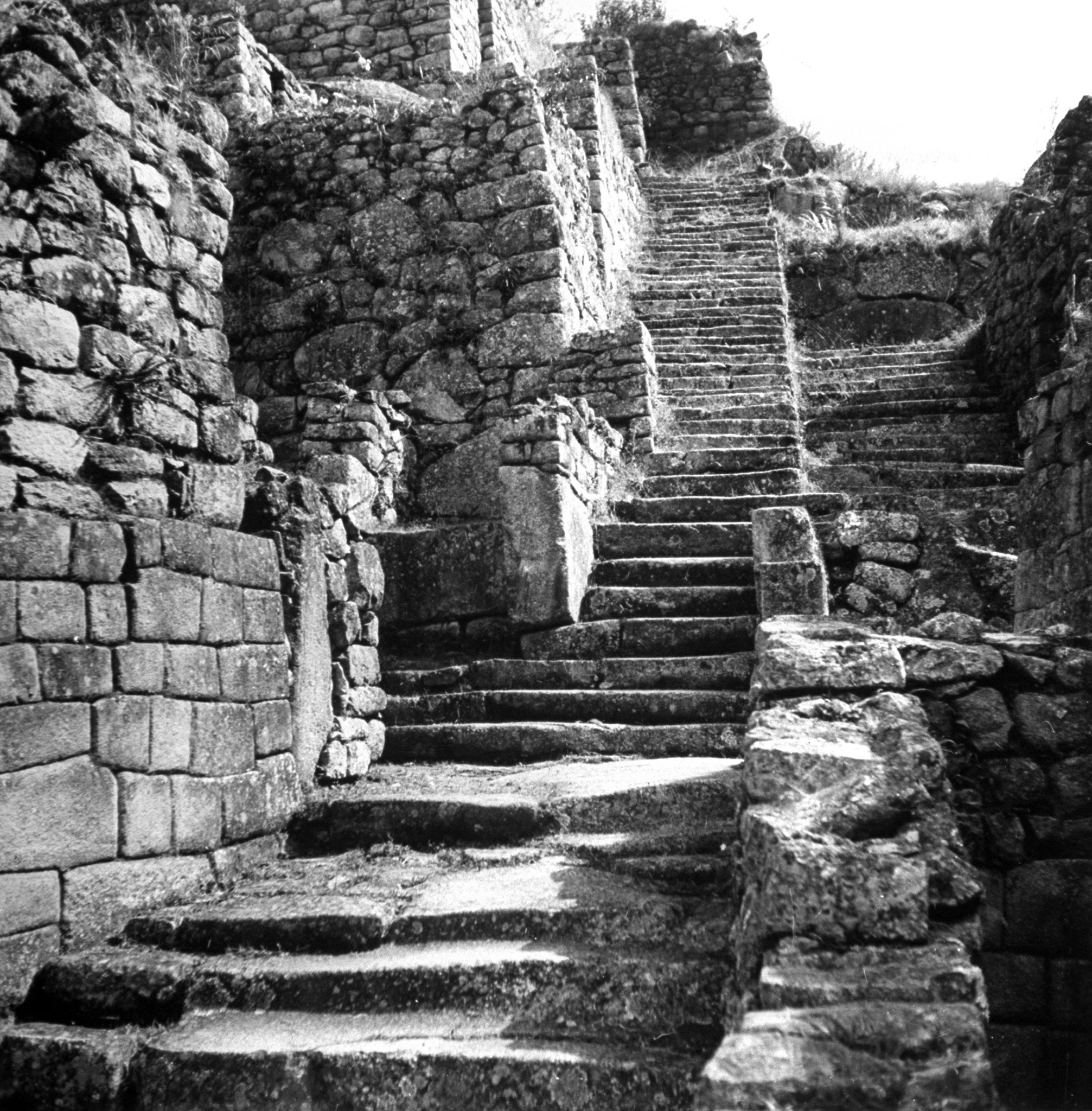
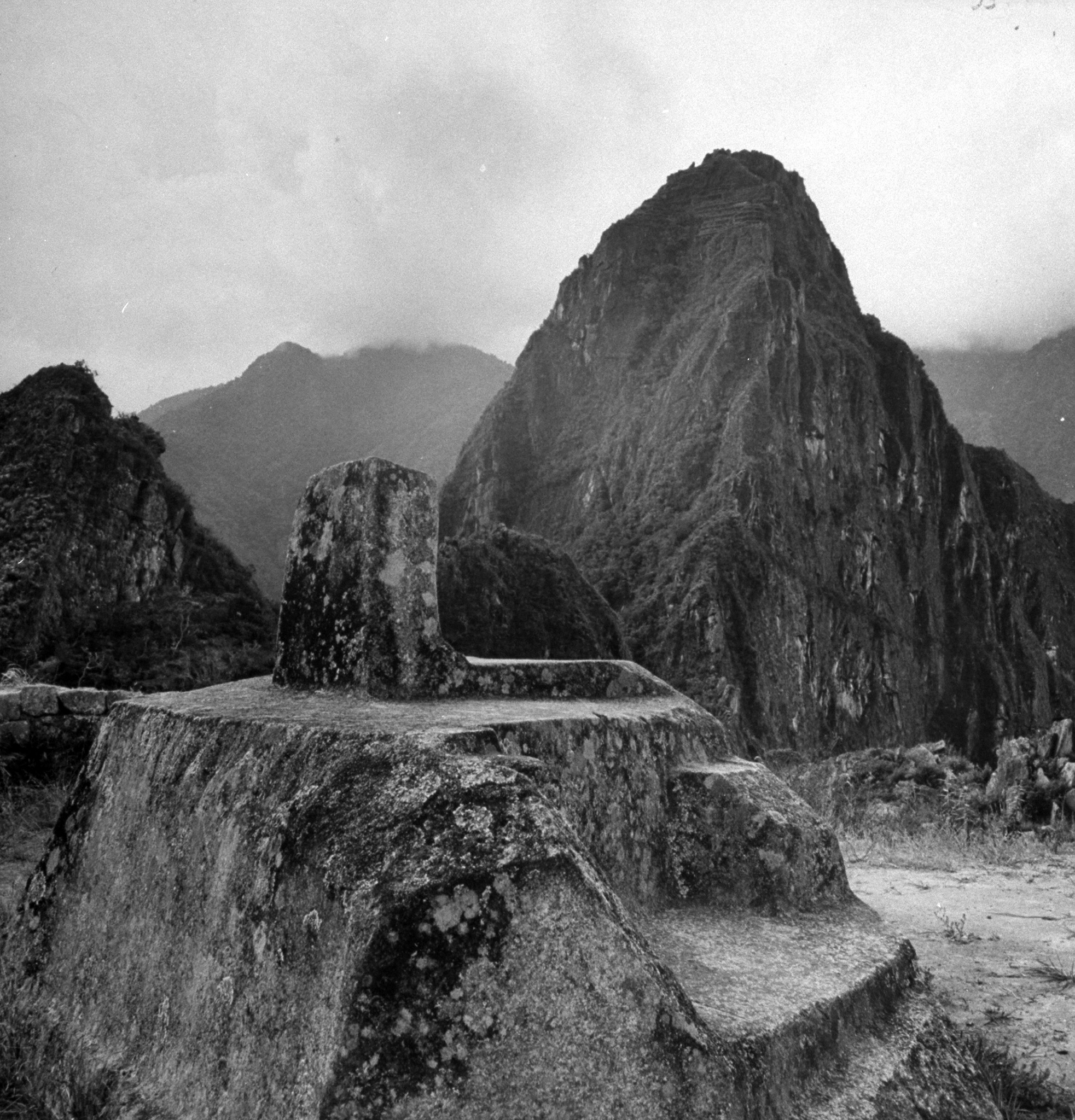
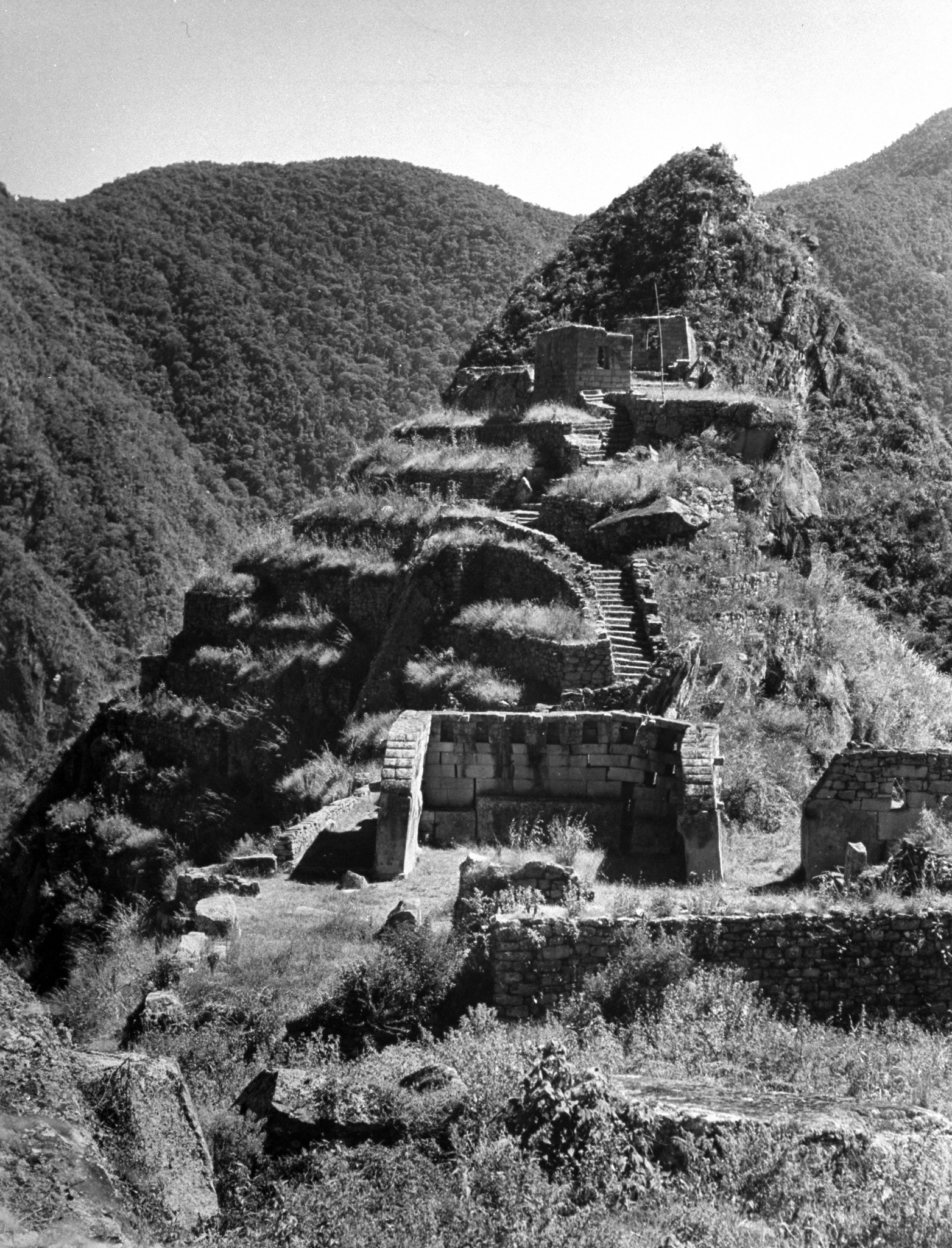

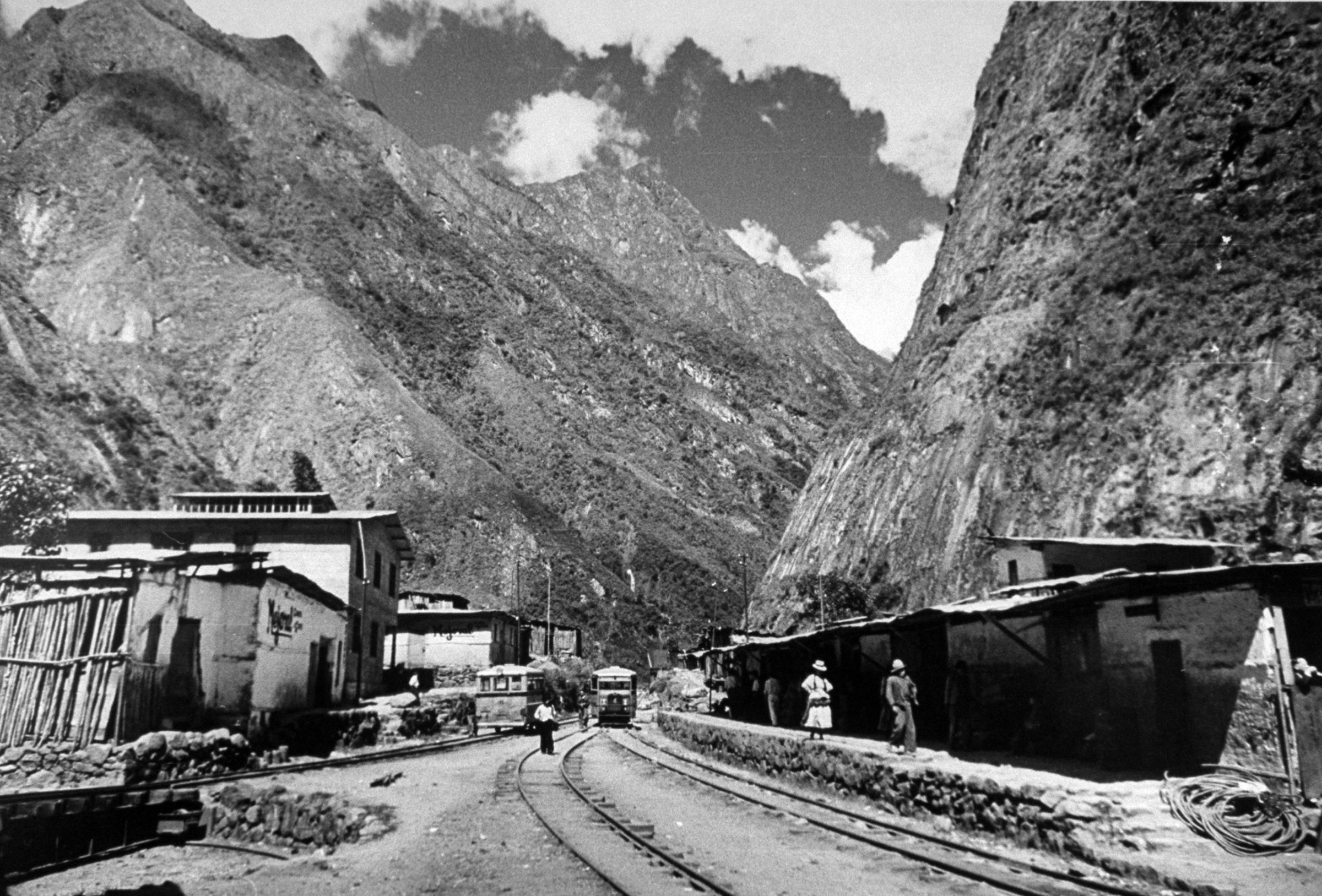
More Must-Reads from TIME
- Cybersecurity Experts Are Sounding the Alarm on DOGE
- Meet the 2025 Women of the Year
- The Harsh Truth About Disability Inclusion
- Why Do More Young Adults Have Cancer?
- Colman Domingo Leads With Radical Love
- How to Get Better at Doing Things Alone
- Michelle Zauner Stares Down the Darkness
Write to Lily Rothman at lily.rothman@time.com